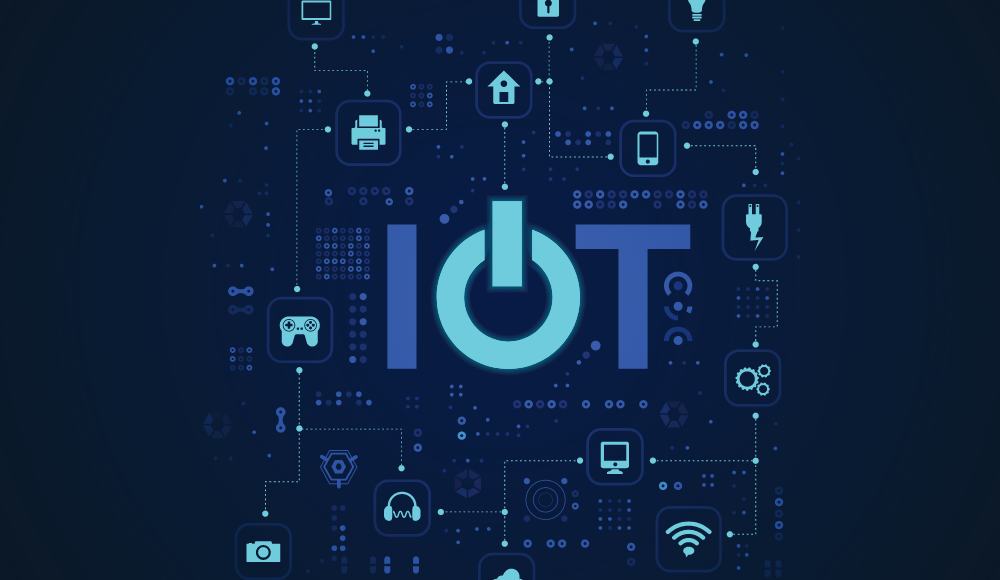
The Internet of things(IoT) helps process and exchange data between all connected devices, from smartphones to sensors. Some experts refer to the IoT as a second Industrial Revolution, behind the first Industrial Revolution, which was largely responsible for creating the first Internet. But the IoT is different. This second Industrial Revolution will involve not only physical products but also processes, people, and services. Many obstacles will remain before the Internet of things takes off. One key challenge will be that of connectivity between devices and servers. Although the cloud is ubiquitous today, the IoT still lacks a basic infrastructure, in terms of inexpensive, easy-to-deploy wireless technologies.
What is IoT? IoT is a multidisciplinary platform of interconnected technologies enabling objects to collect and exchange data with other objects, people, and the environment, and to perform adaptive, automated and intelligent actions based on the gathered data. It provides an opportunity to access, communicate, analyze, monitor, predict, self-heal, and improve the quality of life for consumers and businesses of all sizes. The term “Internet of Things” was coined in the year 2000 by scientists at IBM as a way of categorizing the increasing number of physical objects whose data can be collected over the Internet using wearable sensors, data gathering devices, and embedded systems.
How the Internet of things can make our lives easier: Security – do you trust your door lock to be strong enough to keep out your kids? Probably not, but sensors in your home (or office) can monitor usage and alert you when an intruder enters. This makes you and your family more safe and secure. Energy Savings – Lights are one of the most energy-consuming objects in the home. Sensors in the sockets or LED lights help you monitor the usage of your lights and turn off the bulbs when you leave the house or the room (see usage monitor).
Consider a Wi-Fi enabled lightbulb. The bulb is linked to the Wi-Fi router in your home. Your smartphone connects to the router with a Bluetooth device and you establish a Wi-Fi connection on the bulb. The LED turns on when the internet connection is established, saving you the trouble of manually turning the light off. The automation system automatically switches the lightbulb on and off when you enter or leave your house. In practice, a lot of things in your home are connected to the internet and thus get the benefit of automating processes automatically. What if your other home appliances were made to do the same? What if your washing machine switched on automatically when your clothes are washed?
Well, imagine the following scenario: your Garage door has detected a spike in the traffic entering or exiting. In this scenario, you have a garage door which is connected to your IoT applications such as connected thermostats (HVAC), smart lighting, and other smart appliances. You can trigger events like closing the garage door remotely when the temperature is set higher than a predefined point, or you can schedule a specific day to open the garage door (e.g. when the kids are coming home) or open the garage door for a specific period of time (e.g. on weekend). In the same scenario, your mobile phone can detect that a package has been delivered and your smart thermostat can turn on the heater as soon as the delivery person enters the building
At Trend Qatar we have been adding our product inventory with Smart Products from top brands such Xiaomi, Huawei, Danalock, and Innr